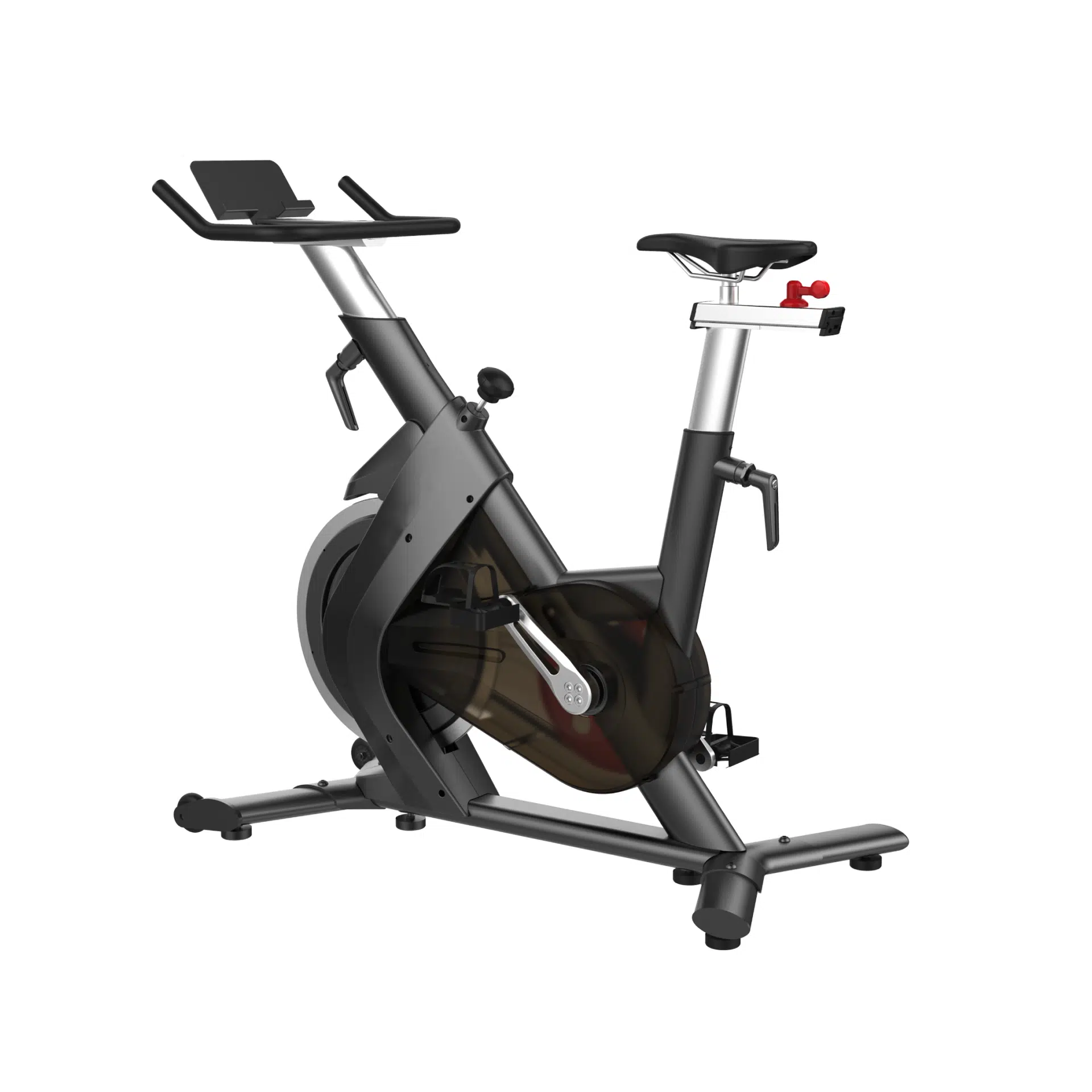Características del Producto
| Peso | 55 kg |
|---|---|
| Dimensiones | 1200 × 500 × 1030 cm |
Es una máquina ideal para cualquier tipo de atleta. Diseñada para optimizar esfuerzos, trabaja tu resistencia cardiovascular, tonificando glúteos y piernas. Pedaleo suave y fluido gracias a su resistencia magnética, cuenta con transmisión por correa de resistencia, asiento y manillar ajustables.
| Peso | 55 kg |
|---|---|
| Dimensiones | 1200 × 500 × 1030 cm |
Debes acceder para publicar una reseña.



Calificación
No hay Calificación aún.